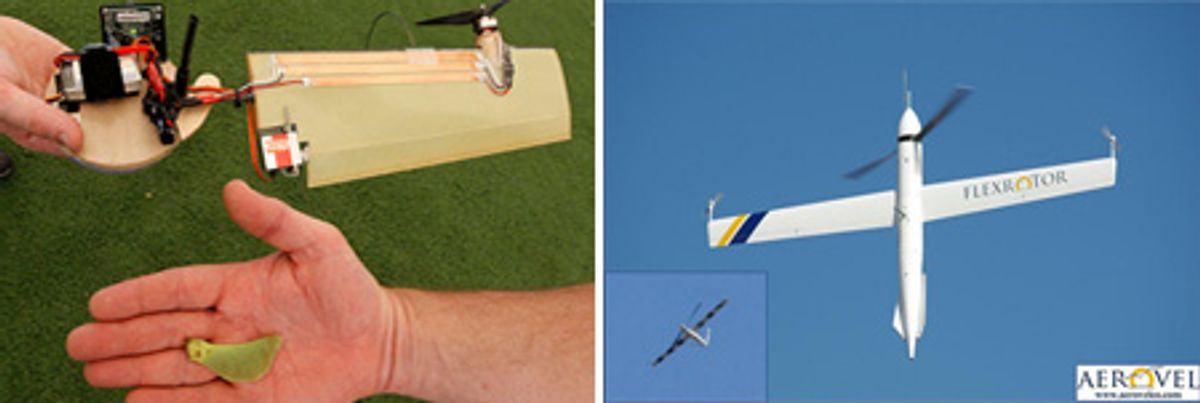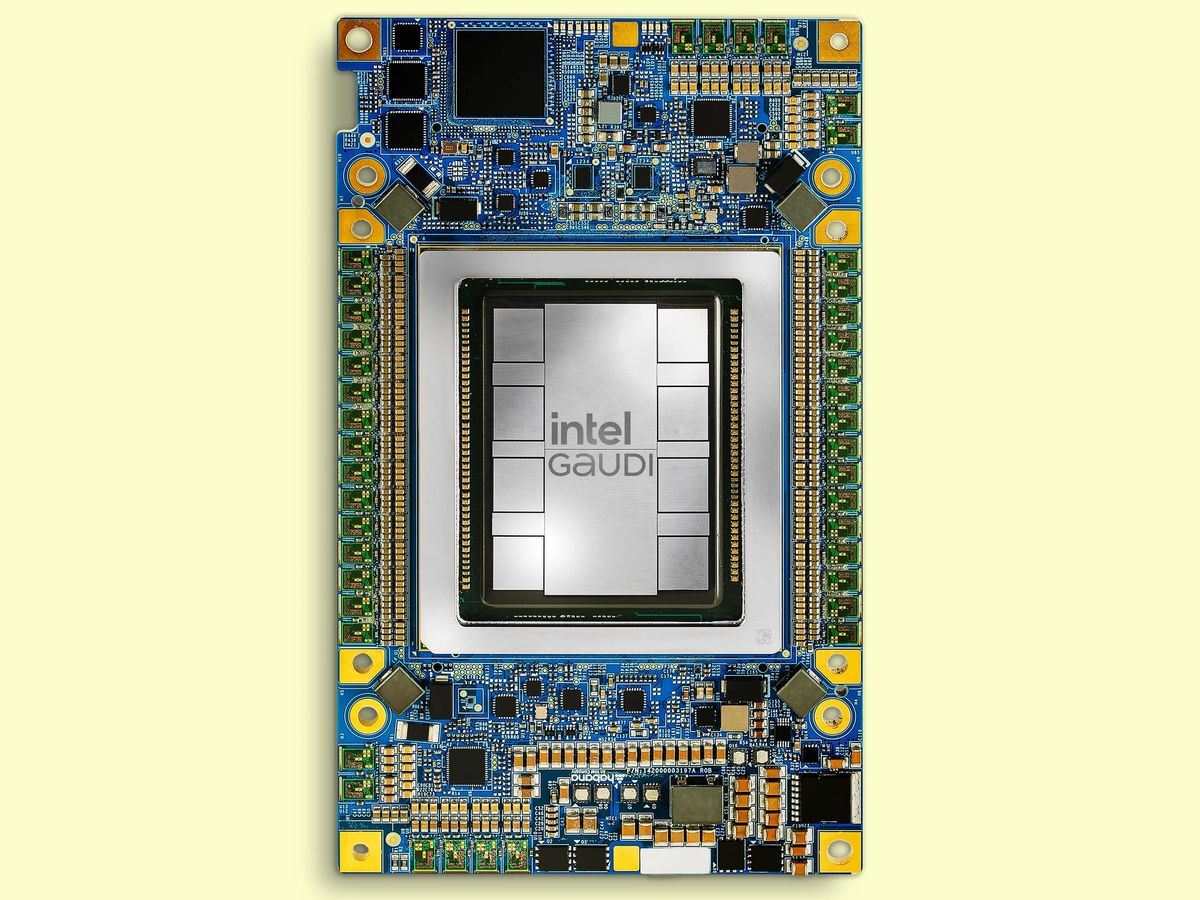I love weird UAVs. I don't mean "weird" in some kind of bad way, but more like, "different" and "creative" and "unexpectedly awesome." These two flying robots, Lockheed Martin's Samarai and Aerovel's Flexrotor, both display innovative and unique designs that highlight some of what's possible when you combine robots and imagination. And, you know, funding.
When we last talked to Lockheed Martin about their Samarai project, they were hard at work making their spinning maple seed-inspired robot into a practical surveillance flyer. Last year, the Samarai project's principal investigator, Kingsley Fregene, explained to us what exactly this design has to offer:
"The Samarai is inherently stable in hover, mechanically simple and has very few moving parts. This makes it a very robust aerodynamically clean airframe, just like nature’s samaras. It does not depend on fragile feathers, delicate wings or precision moving parts to operate. This design was chosen because of its versatility, ease of operation, multiple launch and recovery options (even in tight spaces) and its ability to hover and take-off/land vertically. The rotation of the entire aircraft offers opportunities to achieve omni-directional sensing in a much simpler, lighter-weight and cheaper package."
From the sound of things, those opportunities have been largely realized, since according to Lockheed Martin's press release, they just finished 3D printing a Samarai vehicle last week (!) that flies using a grand total of two moving parts and can stream back live 360 degree video without needing a gimbal.
There's been a video floating around this past week of the Samarai drone in action, but it's from last year. This video, however, shows the latest version being demoed at AUVSI, which just opened its doors for the 2011 expo yesterday. Apparently, this was the very first time that Samarai had been demoed to the public, and the fact that it was flown without a tether shows that Lockheed has either a.) a reckless disregard for spectator safety or b.) a lot of faith in their ability to control a robot that flies while spinning in circles really fast:
No decapitations! Brilliant!
Samarai's hover capability makes it a great surveillance bot, but the big trade-off is range, since helicopters (and helicopter-like robots) are simply not as efficient as aircraft that can utilize static wings for lift. This is the idea behind vehicles like the V-22 Osprey: It's a helicopter when you want to hover or land, and the rest of the time, it's an airplane. Aerovel's Flexrotor aircraft has taken this idea and condensed it into a "tabletop-sized" surveillance drone that can take off vertically, transition to forward flight, and then land vertically again on a specially built platform:
Slick. In this way, Flexrotor offers all those useful VTOL features, along with an endurance of 36 hours and a range of up to 3,000 kilometers. It's hard to say whether this technique is better or worse than some of the other innovative fixed-wing drone capture solutions that we've seen, but the fact that hovering is useful in many other situations makes Flexrotor potentially much handier to have around.
Evan Ackerman is a senior editor at IEEE Spectrum. Since 2007, he has written over 6,000 articles on robotics and technology. He has a degree in Martian geology and is excellent at playing bagpipes.




